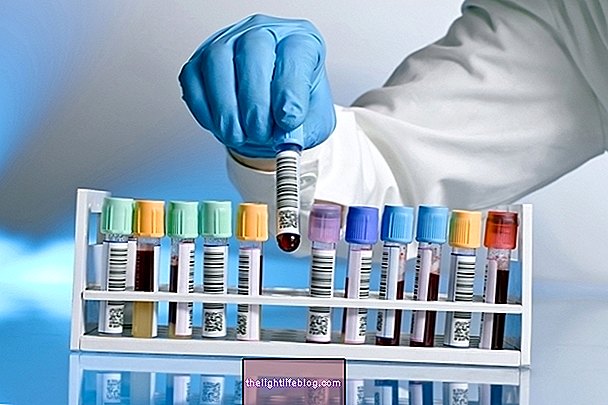Erysipelotricosis is a skin infection caused by the bacterium Erysipelothrix rhusiopatiae, which is a bacterium that grows mainly on dead or decaying matter, it can also infect insects, shellfish, fish, birds and mammals.
Contagion usually occurs after an injury during handling, of red meat, poultry, fish, shellfish, bones or shells. The hand is the most commonly infected site and edema may limit its use.
Symptoms
Early symptoms begin to appear approximately 7 days after contact with Erysipelothrix rhusiopatiae. A raised, purple-red, hardened area appears in the site where the injury occurred.
Other symptoms include itching, burning and edema around the affected area.
The affected area may slowly increase, but the infection usually goes away even without treatment, and pain and disability can remain for 2 to 3 weeks.
In rare cases, the infection can spread to the bloodstream and affect the joints or heart valves.
Treatment
A single dose of injectable penicillin or a one-week oral erythromycin therapy will cure the infection.
When the heart joints or valves become infected, a longer course of intravenous antibiotics is given.























